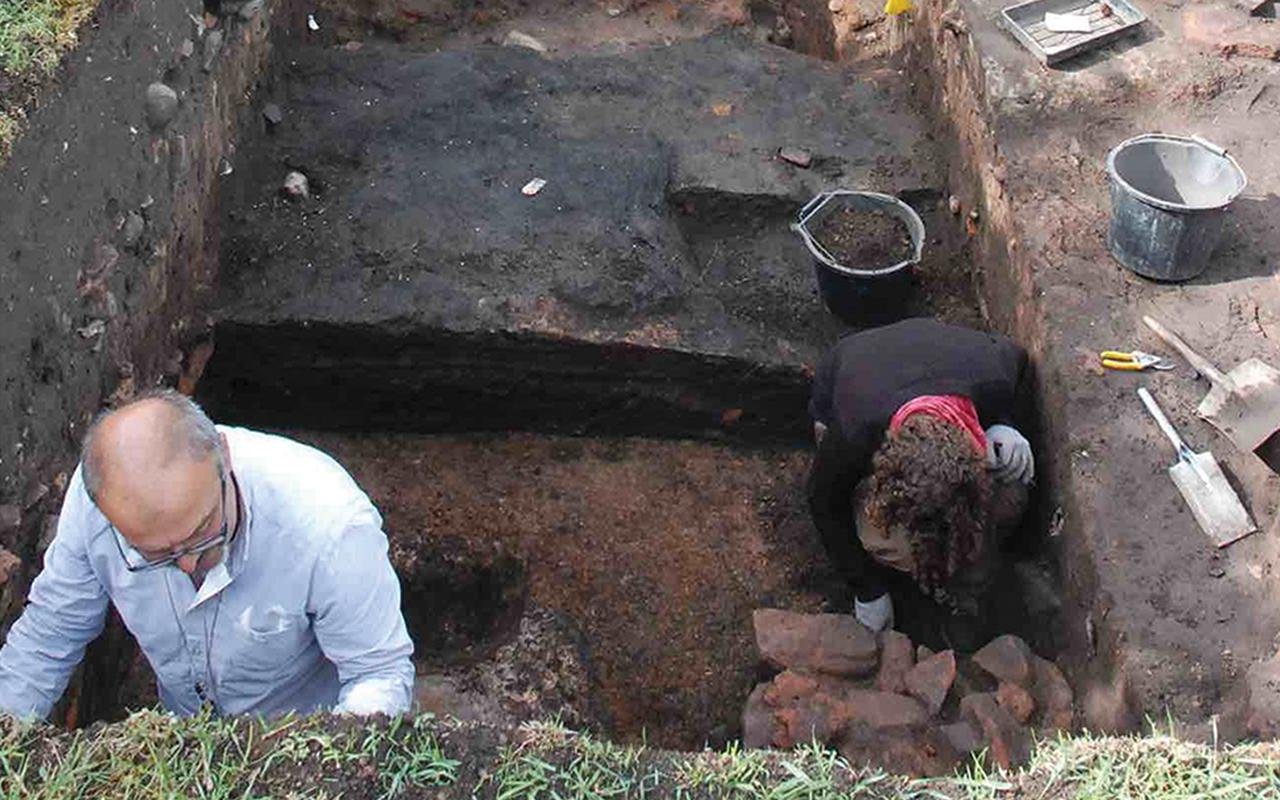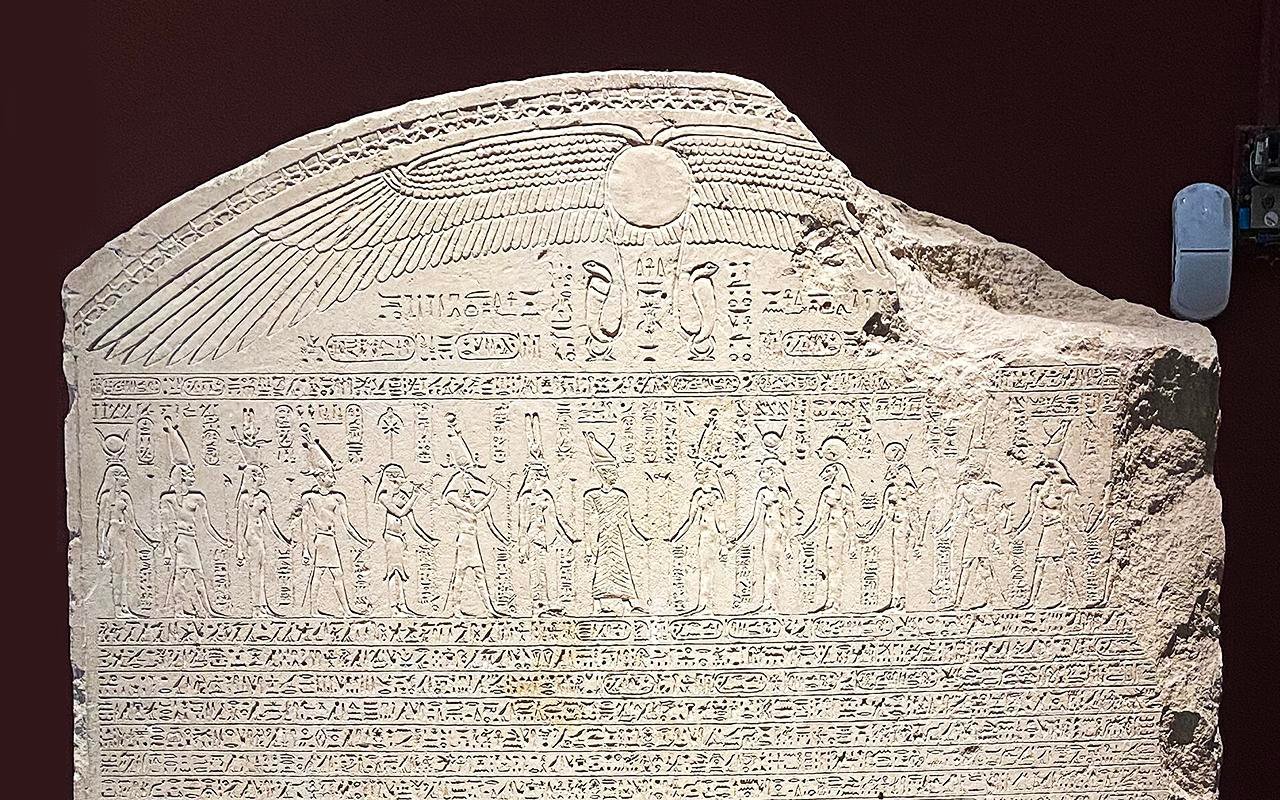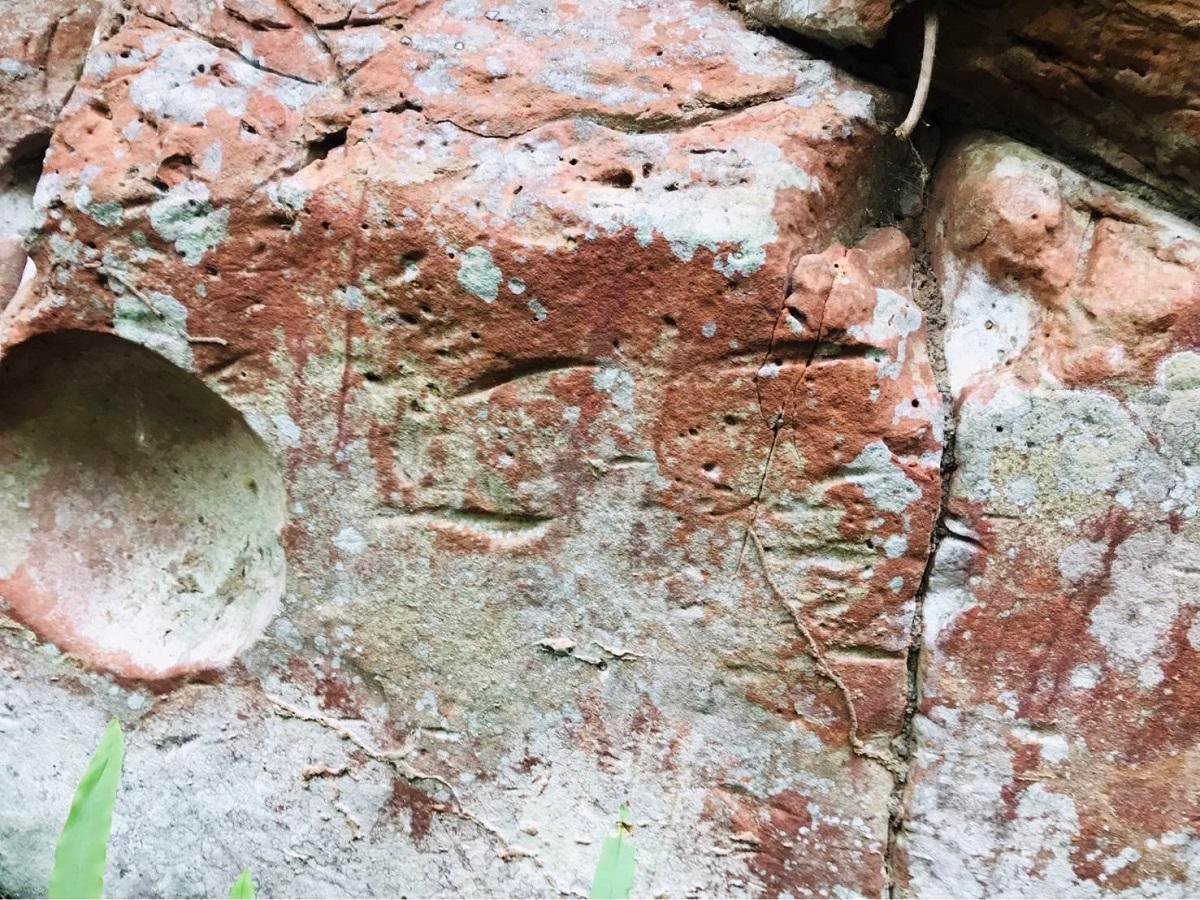A new genetic study is rewriting the history of the collapse of the Classic Maya civilization, revealing that even though city-states such as Copán and others experienced severe population depletion around 1,200 years ago, the Maya themselves never disappeared. Published on May 28 in Current Biology, the research, led by Shigeki Nakagome, an ᴀssistant professor of genomic medicine at Trinity College Dublin, sheds light on the continuity and resilience of the Maya people through one of the most dramatic societal transformations of ancient times.
 Temple 11 at Copán, Honduras, once used as a reviewing stand. Credit: HJPD / CC BY 3.0
Temple 11 at Copán, Honduras, once used as a reviewing stand. Credit: HJPD / CC BY 3.0
Researchers analyzed the genomes of seven individuals buried near the ancient city of Copán, which lies in present-day western Honduras. Having been a political and cultural center on the southeastern frontier of the Classic Maya world, Copán developed for centuries before it entered decline around 750 CE. The DNA was extracted from individuals who represented a range of social statuses, including one likely dynastic ruler and one probable victim offered for sacrifice, and it was compared to ancient and contemporary genomes from across the Americas.
The findings indicate a robust thread of genetic continuity from the Late Archaic period (c. 3700–1000 BCE) through to modern Maya populations. Despite political collapse and environmental pressures between the 9th and 11th centuries, “the population decreased but did not become entirely extinct,” Nakagome told Live Science. Instead, the Maya experienced a transformation in society marked by shifts in political power, migration, and cultural integration.
The genetic data indicated that during the Classic period (250–900 CE), the population of Copán included individuals of highland Mexican descent, most likely from other Maya centers such as Chichén Itzá. Such migrants most likely occupied key positions in the ruling elite of Copán. The first ruler of the city, K’inich Yax K’uk’ Mo’, who founded the royal dynasty in 426/427 CE, was himself an outsider according to inscriptions. This is confirmed by the genomic analysis, which suggests the potential for the integration of outsiders with the local population through political alliances and intermarriage.
 Life-size reconstruction of the Rosalila temple at the site museum of Copán
Life-size reconstruction of the Rosalila temple at the site museum of Copán
The most conclusive discovery was the burial of two men who were in the same Y-chromosome lineage but had no close kinship. The first was buried richly and in honor, while the second appeared to be a sacrificial victim. This shows the complexity of Maya social structures, where ceremonial roles did not necessarily pᴀss down through family lines.
The genetic studies also used genetic modeling to quantify past population size. Researchers have put Copán at 19,000 inhabitants at its peak around 730 CE, possibly sustained by advancements in maize agriculture. This prosperity was not long-lasting. The population fell by 750 CE, coinciding with archaeological evidence of political instability, prolonged drought, and resource depletion characteristic of the broader collapse of the Classic Maya civilization.
 The final version of the ballcourt was dedicated by Uaxaclajuun Ub’aah K’awiil in CE 738. Credit: Adalberto Hernandez Vega / CC BY 2.0
The final version of the ballcourt was dedicated by Uaxaclajuun Ub’aah K’awiil in CE 738. Credit: Adalberto Hernandez Vega / CC BY 2.0
Though earlier interpretations tended to portray the collapse of the Maya as a mysterious vanishing, Nakagome and colleagues claim it was a grand reorganization of society. “The genetic continuity observed in our study supports the idea that the population was not replaced by another group after the collapse,” the team noted.
These findings not only confirm centuries of archaeological evidence but also introduce new genomic tools to the study of ancient civilizations. They demonstrate that analyzing ancient DNA can reveal nuanced histories of resilience, migration, and idenтιтy that go beyond the decline of grand cities and ruling dynasties.
More information: Murray, M., Nakamura, S., Fuentes, M., Canizales, R., Talavera, O., Varela, S., … Nakagome, S. (2025). Ancient genomes reveal demographic trajectories during the Classic Maya period. Current Biology: CB. doi:10.1016/j.cub.2025.05.002





